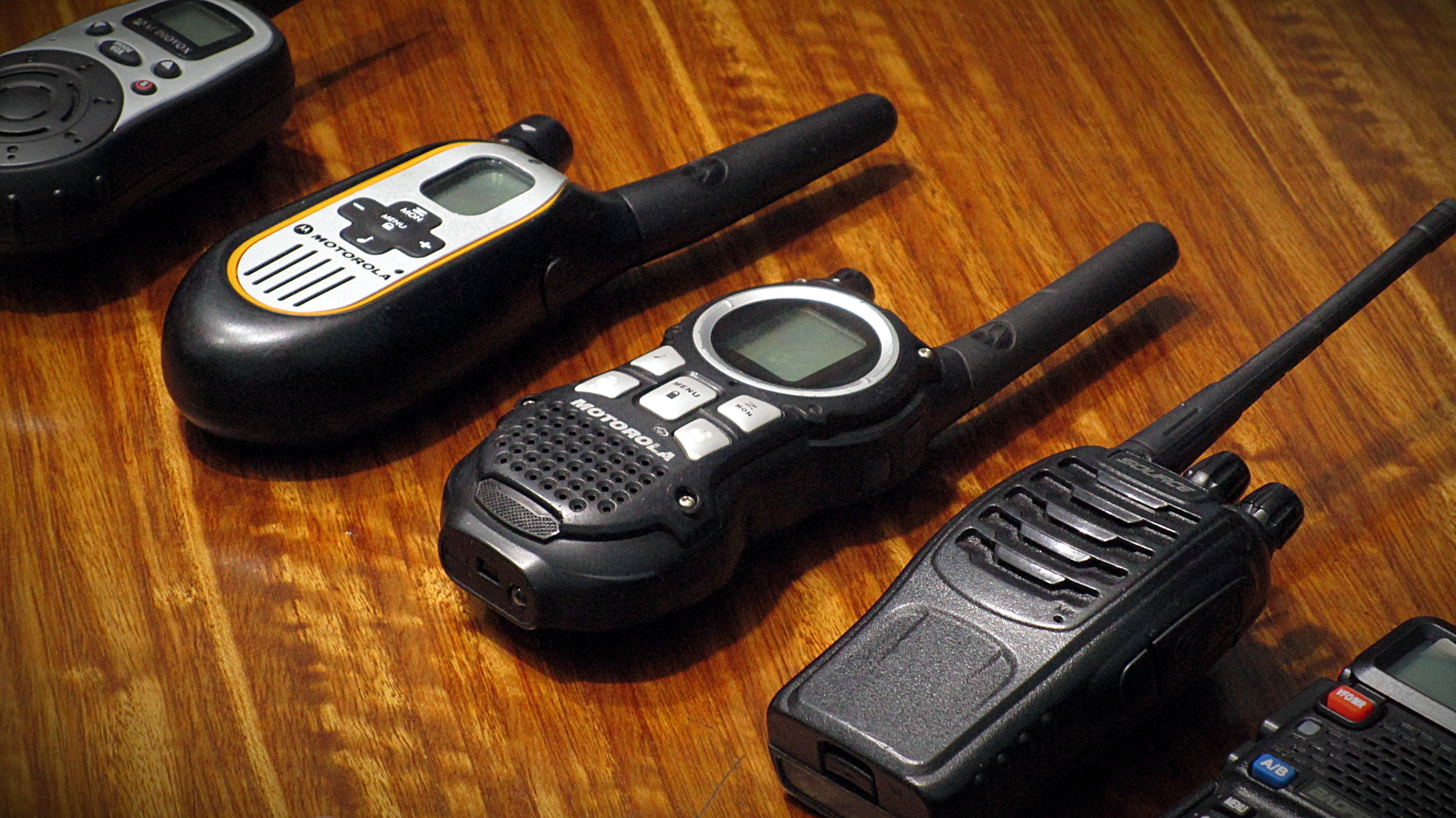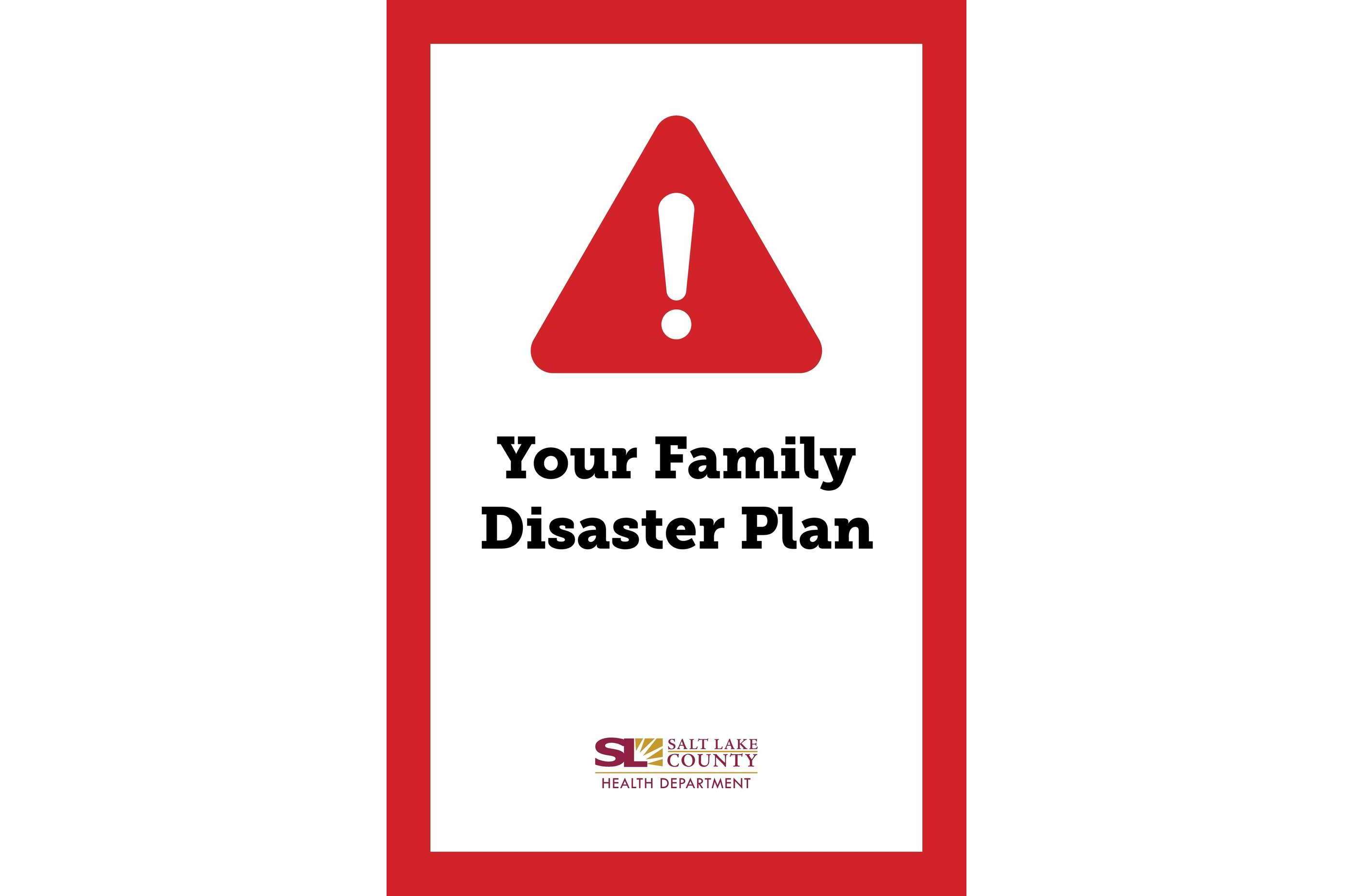A Few Basics About Two-Way Radio Emergency Communications

When disaster strikes, we observe a heightened need to communicate with others to cope with new challenges imposed by the disaster. Should communications falter--even temporarily--due to a disaster, then the gravity of the disaster can be felt to a much greater extent than an otherwise "equally bad" disaster that leaves communications systems intact. Without communications capability, urgent care can be delayed, transportation and other multi-person activities immediately become very difficult and cumbersome to coordinate, and precious time is consumed by the effort required to convey messages on foot or other "slower than electronic" means.
Therefore, should mainstream communications systems be down, an emergency communication system plays a vital role in assessing the impact of the disaster, coordinating resources to mitigate and stabilize the impact of the disaster, and achieving normalcy.
This article sketches out things to consider should you have an interest in acquiring emergency communication capability to be better prepared for the uncertainties that a disaster might present.
Perhaps you have already researched the different types of "off grid" communications capabilities, such as amateur or ham radio, CB, MURS, GRMS, and FRS. Here is a link to an article that gives an overview of the types of two way radios. Some radios have the capability to function as more than one type of radio. In this article, there are handy charts/graphics that indicate the distance you can expect from the some of the different types of radios. One thing I have discovered in my research is that 1) the sensitivity of the receivers in your system and 2) the antenna's in your system together can have a greater impact on the distance capability of your system than 3) the allowable watts (broadcast power) of your system.
Also I've learned in my research that often MURS radios are often overlooked by those acquiring two-way radios, so you might expect the the 5 channels available under the MURS system to be less crowded during times of emergency than other two-way radio systems. Operating MURS radios does not require a license. The distance of MURS setups can't compete with licensed radio systems such as ham radios and CB radios, but its could be considered to be the next best thing for someone wanting a "license free" system.
Another thing to think about when acquiring emergency communication capabilities is that if land lines are down and mobile phone capabilities are down, likely entire power systems will be down. Therefore, your emergency radios should be able to operate on battery power or you should have a back emergency power system. I was fortunate to be able to find some old Motorola MURS radios that operate at full power on 4 AA alkaline batteries (as well as a rechargeable battery pack). Some MURS radios will operate on alkaline batteries, but not at full power. So when you check out power for your emergency radio system, make sure that you have your power needs covered!
For further reading about two-way radios, here is an excellent article than was written in a five part series that discusses personal radio communication services.



